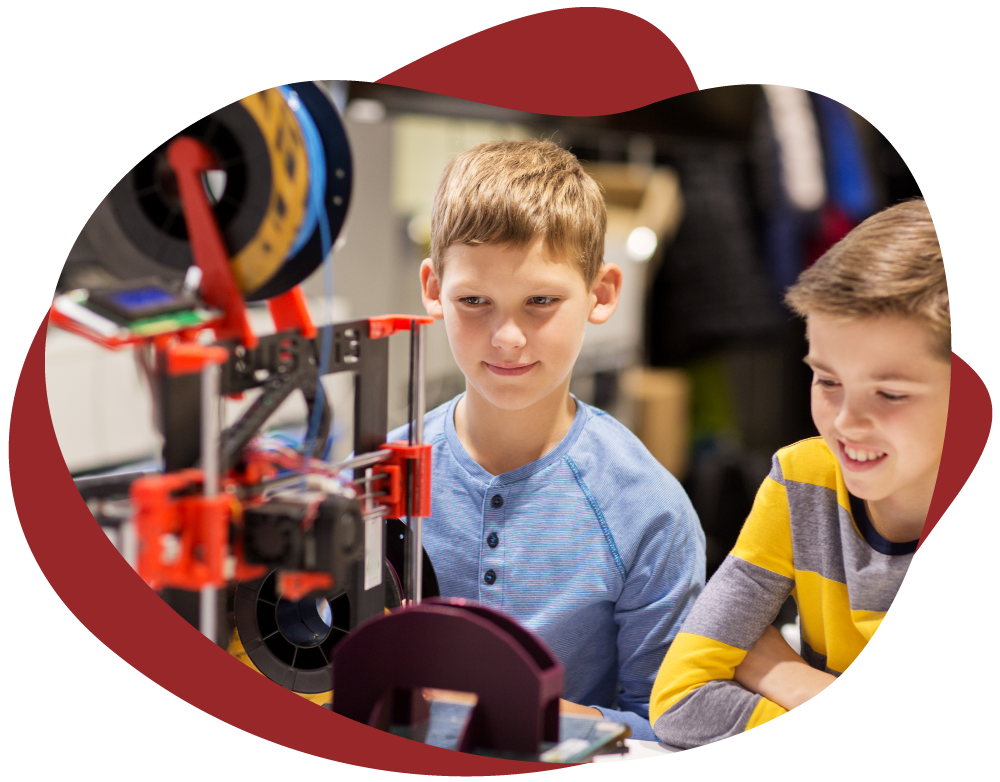FINDING A TOPIC:
A project has parts: First, learn something you don’t yet know; and then second, show and teach what you learned. Somebody may already know what you’re about to find out, but many science fair projects develop new knowledge.
For an Experiment: What don’t you know about something? Do you think you can find out safely? Can you afford to find out? Do you have the tools you need? Can you create a good question to guide your project? For example, you might like popcorn. A bad question would be “What popcorn is best?” That’s not helpful, as ‘best’ is too general (subjective) and doesn’t suggest what you can measure. Experiments have to produce reliable measurements of something.
A better question might be, “What’s the moisture content of popcorn?” and even better, “How does the moisture content of popcorn affect popping?”
For an Innovation: Is there a device, a contraption or process you think would be useful? What would it do? Do you have the tools to develop a model? For example, many cooking recipes require the cook to stir a pot constantly for several minutes to avoid something sticking to the bottom. Is there some way a device could do that while the cook is doing something else nearby?
For a Study: Is there some way to use what’s already known to do find out something new? For example, the colour of sunrises and sunsets can be used to make short-term weather forecasts. Does the reverse hold true? If you know the weather forecast, can you predict the colour of a sunrise or sunset?
BACKGROUND RESEARCH:
Whether your project will be an Experiment, Innovation or Study, start with finding out more about the topic from several sources. Teachers and parents can help you find information. You might need a mentor as a guide – someone you know or can find. The internet has both reliable and inaccurate information on it, so be careful. In your notebook, record every source for your information, as well as what you find out.
You’re seeking information such as:
- What principles are involved with your topic?
- What basic information is needed to understand your question?
- To what extent has your topic already been developed?
- Does your topic relate to other areas of science or engineering?
- Does your project have practical applications?
For example:
- You might find why popcorn pops, and at the same time how cereal manufacturers puff wheat and oats. Are the processes similar?
- What sorts of recipes require constant stirring? Ask a chef in a restaurant, or cooking instructor at a college, or community program or chef school? Is there an ingredient more likely to scorch?
- Why isn’t the sky coloured the same all day? At high latitudes, when the sky is low in sky all the time, does the sky appear in sunset colours? Why isn’t it always the same?
REVIEW THE RULES:
Before starting your project, read over the rules and regulations, and review your intention with your teacher or an adult who is familiar with those rules and regulations. You need to know if your project can be done safely and ethically. The Project and Exhibitor Information page has our as well as the necessary Risk Forms.
All projects with animals must be approved by our Ethics Chair before you begin.
All Significant Risk projects with humans must be approved by our Ethics Chair before you begin.
See the Ethics Flow Chart in the Exhibitor Manual to help guide you through any ethics considerations.
For example:
- The popcorn project is likely to involve heat that could cause serious and painful burns. What safety measures will you have in place?
- The pot-stirring project may involve electrical devices that may pose a risk of shock or short circuit sparking.
- The sunset project may have a safety concern, avoiding direct observation of the sun. However, observing the sky colour would not pose a risk.






